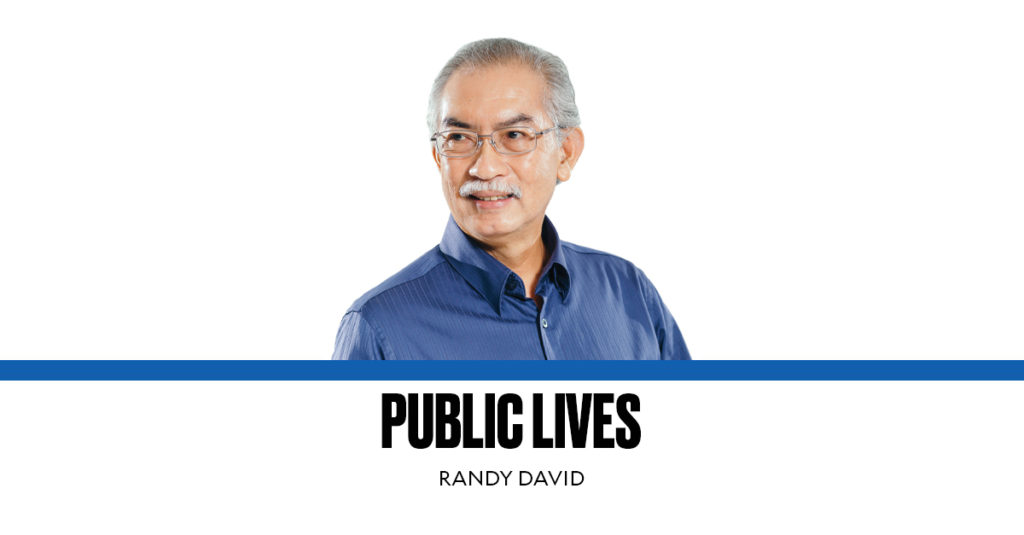Growing up in the small town of Betis in Pampanga, a village of proud artisans and carpenters, I came to know of the nation’s heroes early in my childhood. Dr. Jose Rizal’s name was not just the most important in the list. Indeed, he seemed, for a time, to be the only one deserving of the honor of being called a national hero.
Andres Bonifacio—the founder of the Katipunan, whose heroism the nation celebrates every 30th of November, his birth anniversary—was nowhere in the picture. Unlike Rizal, whose statue stood in front of every public school complex, Bonifacio merited no more than a passing mention in our grade school history books.
For some reason, Padre Jose Burgos, a champion of the native clergy and one of the three martyred priests, had a statue at the center of the Guagua town plaza. I thought he might have been a Kapampangan, but he was in fact an Ilocano. I do not remember ever seeing any monument in my town to honor Andres Bonifacio.
The minor importance accorded to Bonifacio in the nation’s memory did not register with me until I came to the University of the Philippines for college. It was in a class taught by Professor Teodoro Agoncillo where I first learned about the circumstances surrounding the trial for treason and subsequent execution of Andres Bonifacio and his brother Procopio, on orders of the revolutionary government led by Gen. Emilio Aguinaldo.
It was my first glimpse of how crucial events in the nation’s history are often glossed over to produce a simplified narrative that is easily taught to the young generation. The inconvenient truth of the Bonifacio brothers’ killing by their fellow revolutionaries, like that of Gen. Antonio Luna later, is something that defies simplification. Young students are bound to ask at some point: Who’s to blame? Who should take credit? Who are the villains, and who are the heroes? There’s no way to answer these without examining the complex motives and forces that come into play in the process of waging a revolution.
If a nation’s heroes are supposed to be the personification of the nation’s highest and most cherished values—the ones who are held up to serve as the ultimate models of patriotism, selflessness, courage, vision, steadfastness, and citizenship — how is it possible for one to be called a hero and be killed by his own comrades? And, more to the point, is it possible for the killers to also be regarded as heroes?
These issues are no doubt difficult to explain, but I do not buy the idea that students at some grade levels may be too young to appreciate these. I believe that the sooner a nation’s children are introduced to the real-world questions that the older generation faced and tried to resolve in the struggle to achieve independent nationhood, the easier it may be for them to define their role in this continuing narrative.
It is a narrative that is fraught with controversy. It is also one that is likely to generate more questions and more insights into the past — which, instead of providing affirmation, could place in doubt our present understanding of ourselves. The Indian scholar Prasenjit Duara calls it the effort to “rescue history from the nation.” I take that to mean revisiting the past other than from the perspective of the nation-state.
This shift in perspective may be seen, for instance, in so-called “subaltern studies,” a program of research pioneered by the historian Ranajit Guha that looks at the past and the present through the prism of those in the periphery of the modern nation-state — ethnic and religious minorities, oppressed communities, individuals and groups whose own struggles and aspirations do not fit neatly into the nation’s preferred narrative.
But the shift can go the other way, too — to an imagined destiny that is larger and broader than the aspirations of an existing nation-state. A good example of this may be found in the popular Turkish television series “Dirilis: Ertugrul.” Originally aired in Turkey and other Islamic countries between 2015 and 2019, all five seasons are now available on Netflix in 40-minute episodes under the title “Resurrection: Ertugrul.” The series is a fictional reconstruction of early events leading up to the formation of the Ottoman Empire.
Set in the mid-13th century, this action-filled drama details in particular the life and heroic times of Ertugrul, the warrior-leader of a nomadic tribe of Turks that had to fight for survival against the invading Mongols, the wily Templars, and the armies of the Byzantine empire. Little is known about Ertugrul in recorded history, except that one of his sons, Osman I, became the founder of the Ottoman Empire. That empire once encompassed much of Southeastern Europe, Western Asia, and North Africa between the 14th and early 20th centuries.
For some weeks now, I have been watching this mesmerizing blend of myth and history not so much for what it tells a non-Turk viewer like myself about Turkey’s glorious past, but for what it seems to hold up to its original intended audiences as a vision of a desirable future — of a destiny preordained by history.
In contrast to the modern secular republic that Turkey’s founding father Kemal Atatürk established after the dissolution of the Ottoman Empire, the vision that runs through the Ertugrul series is that of an Islamic State guided by Islam and encompassing the lands and peoples beyond Turkey. The term that comes to mind is “Neo-Ottomanism.”
It would be fascinating to imagine what kind of heroes an analogous reconstruction of our people’s past would yield if our ending point were not the Filipino nation-state.
public.lives@gmail.com
